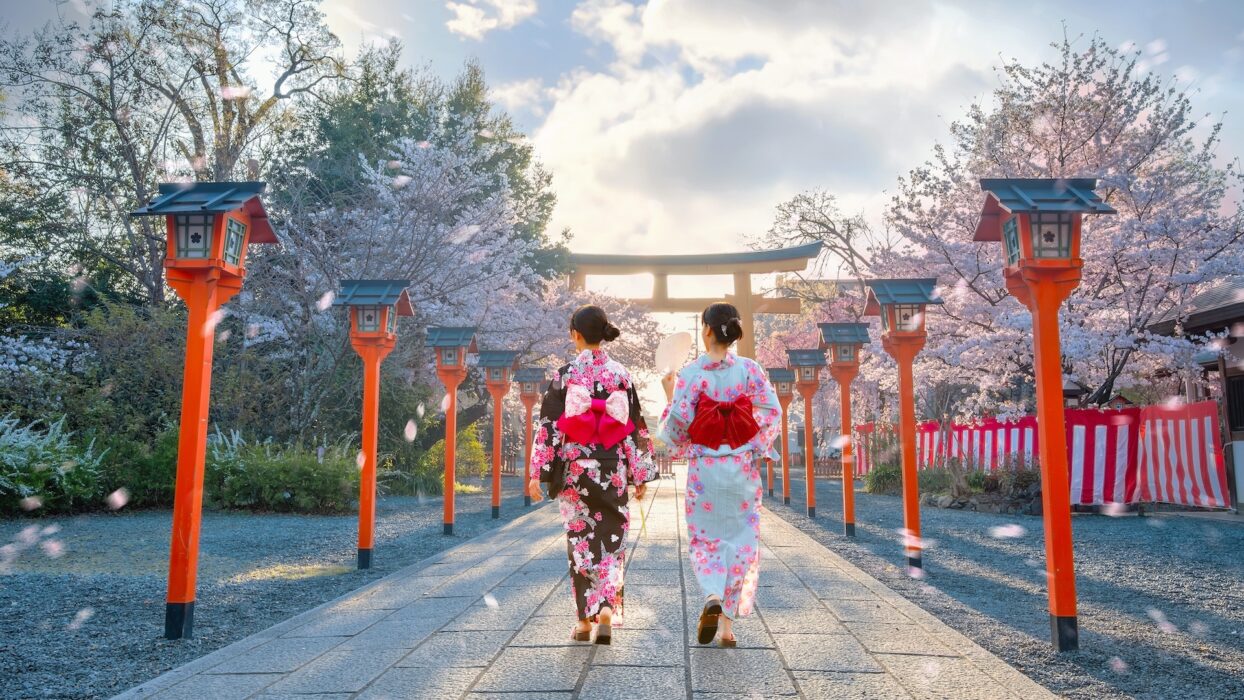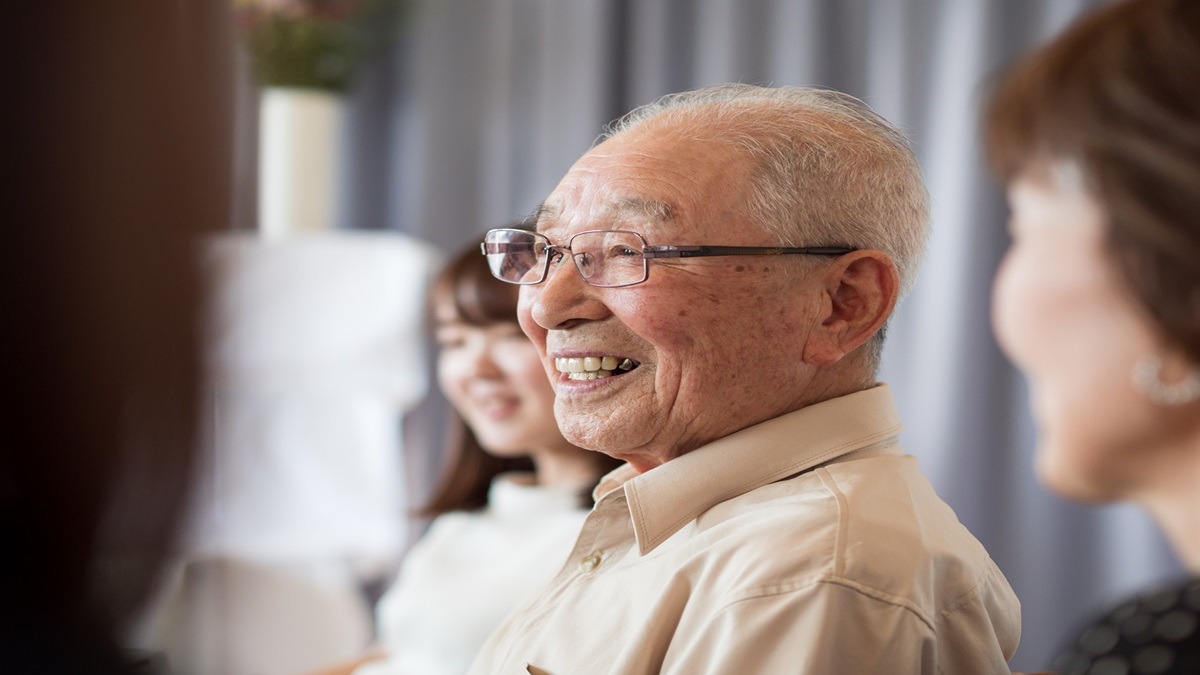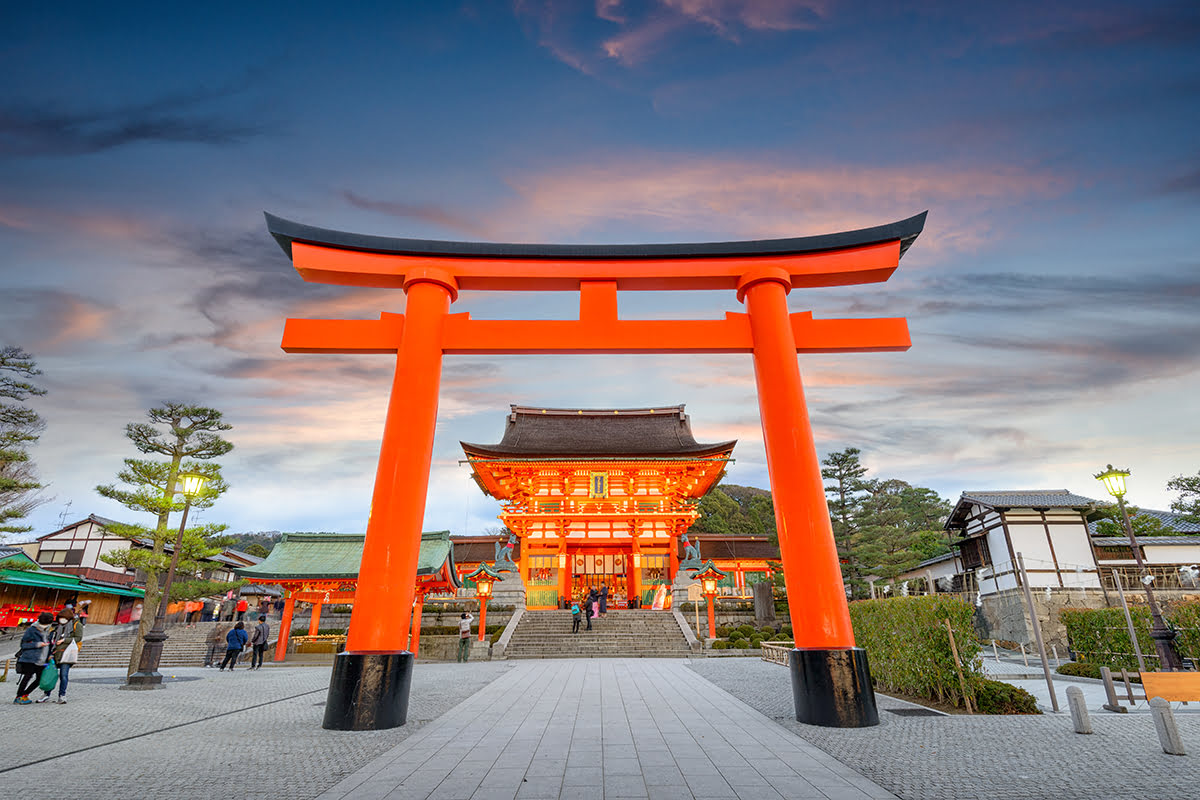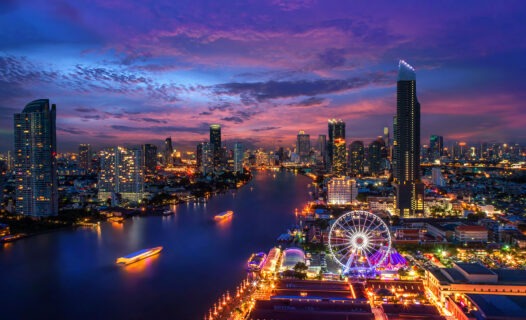Respect for the Aged Day, known as Keirō no Hi in Japan, is a national holiday dedicated to honoring and showing appreciation to the elderly. In Kyoto, a city rich in culture and tradition, this day is celebrated with heartfelt reverence and numerous cultural activities. Join us as we explore the significance of this holiday and how you can immerse yourself in the local celebrations while visiting Kyoto.
The Significance of Respect for the Aged Day
Respect for the Aged Day, celebrated on the third Monday of September, is a day for expressing gratitude and respect for the elderly who have contributed to society. It is a time for families to come together, visit elderly relatives, and participate in various events that celebrate longevity and wisdom.
In Kyoto, this day is observed with special ceremonies at temples, community gatherings, and events that highlight the importance of the elderly in both family and community settings. The city’s rich heritage offers a unique backdrop for these celebrations, blending traditional practices with modern festivities.
Historical Context and Traditions
Keirō no Hi has its roots in a local festival called Toshiyori no Hi (Old Folks’ Day) held in Nomadani Village in 1947. It became a national holiday in 1966, emphasizing the country’s deep respect for its elders. In Kyoto, temples such as Kiyomizu-dera and Fushimi Inari Taisha hold special ceremonies and rituals honoring the elderly. These events are often accompanied by traditional music, dance, and food offerings.
The day is also marked by the preparation of special meals, known as Keirōkai, where families gather to share traditional dishes and blessings. In some communities, local governments organize events such as tea ceremonies and dance performances to bring joy to their senior citizens.
Day-by-Day Itinerary for Respect for the Aged Day
Day 1: Cultural Immersion and Temple Visits
Start your journey with a visit to Kiyomizu-dera, one of Kyoto’s most iconic temples. Participate in the special ceremonies dedicated to the elderly and take in the breathtaking views of the autumn foliage.
In the afternoon, head to Fushimi Inari Taisha to witness traditional rituals. The thousand red torii gates create a serene atmosphere perfect for reflection and appreciation.
Day 2: Explore Kyoto’s Historical Sites
Take a leisurely stroll through the Gion District, known for its historic wooden machiya houses and tea houses. Here, you can witness geishas and learn about the city’s rich cultural traditions.
Visit Nijo Castle, a UNESCO World Heritage Site, to explore its stunning gardens and historical architecture. The castle often hosts special exhibitions and events during Respect for the Aged Day.
Day 3: Culinary Experiences
Indulge in Kyoto’s culinary delights by visiting local markets such as Nishiki Market. Sample traditional dishes, learn about ancient cooking techniques, and perhaps even join a tea ceremony to experience Japan’s renowned tea culture.
Dine at a local restaurant offering Keirōkai menus, specially prepared to honor the elderly, featuring nutritious and beautifully presented meals.
Festivals and Events Coverage
In addition to traditional ceremonies, Kyoto hosts various events such as senior citizens’ parades, musical performances, and public art exhibitions. These events are designed to entertain and honor the elderly while fostering a sense of community.
One popular event is the traditional dance performance at Yasaka Shrine, where elders don beautiful kimonos and perform dances passed down through generations. Visitors are welcome to join in the festivities, making it a vibrant, inclusive celebration.
Practical Information for Travelers
- Transportation: Kyoto is well-connected by public transportation, including buses and trains. Taxis and bike rentals are also available.
- Weather: September in Kyoto is characterized by mild weather, with temperatures ranging from 18°C to 27°C (64°F to 81°F). Lightweight clothing and comfortable shoes are recommended.
- What to Pack: Consider packing a light jacket, comfortable walking shoes, and an umbrella. Bring respectful clothing for temple visits.
- Cultural Etiquette: Follow local customs such as bowing when greeting, removing shoes before entering homes and certain buildings, and being respectful at all times.
- Language Tips: Learning a few basic Japanese phrases can be helpful. English is commonly understood in tourist areas.
- Currency: Japan uses the Japanese Yen (JPY). Credit cards are widely accepted, but it’s always a good idea to carry some cash.
- Connectivity: Free Wi-Fi is available at many public places. International travelers can also rent mobile Wi-Fi devices or purchase SIM cards.
Whether you’re exploring ancient temples, savoring traditional cuisine, or participating in vibrant local events, celebrating Respect for the Aged Day in Kyoto is an experience that offers a deep dive into both the historical and contemporary aspects of Japanese culture. This journey allows travelers to appreciate the profound respect for elders that permeates Japanese society while enjoying the stunning beauty and rich heritage of Kyoto.























